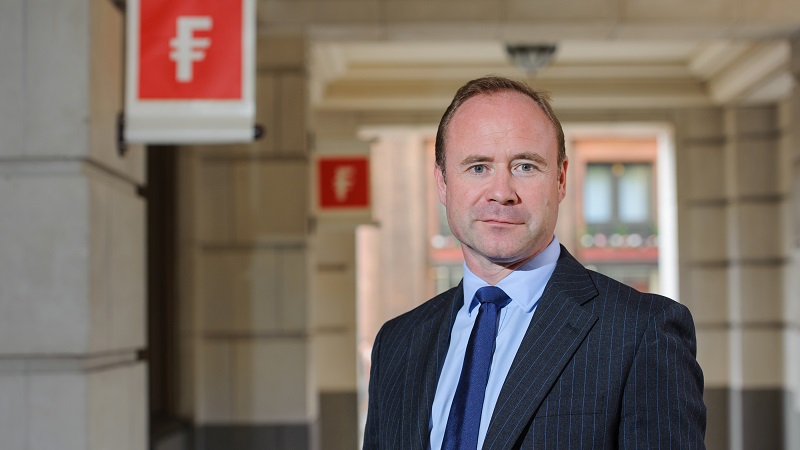Fidelity is scrapping the variable fee share class across five of its Oeics after a lack of demand saw assets dwindle, while also cutting the cost of its passive multi-asset range.
The asset manager’s fulcrum fee share class – W-Variable Management Fee (W-VMF) – was introduced across five of its UK-domiciled Oeics in July 2018 in response to the growing debate around the value of active fund management.
It came after the Financial Conduct Authority’s asset management study in 2016 found little innovation when it came to fee structures and significant clustering around an arbitrary figure of 0.75%.
Investors that purchased the W-VMF share class had access to a 0.10% lower base annual management charge of 0.65%. The variable part of the fee then slid plus or minus 0.20% depending on performance, meaning the maximum fee would be 0.85% if the fund outperformed or 0.45% if it underperformed.
Limited demand for the share class
Fidelity said it concluded the funds’ W-VMF share classes were too small to manage cost-effectively.
As a result, it said on 25 May it will move investments in the W-VMF share classes to the funds’ W share classes, its lowest cost flat-fee share classes.
The change applies to the W-VMF share class of the Fidelity American, Asian Dividend, European, Global Special Situations and Special Situations funds.
Three of the asset manager’s trusts, Fidelity Japan Trust (formerly Fidelity Japanese Values), Fidelity Asian Values and Fidelity China Special Situations, accounting for £2.9bn in AUM, will continue to have the fee structure.
A Fidelity International spokesperson said: “We’ve seen limited client demand in our open-ended funds, and as a result we decided the UK-domiciled VMF share classes were too small to manage cost-effectively. We continue, however, to see some clients in the institutional space who are open to variable fees linked to performance outcomes.
“Adoption of our model was always a client choice and we are pleased to see that it opened the doors to wider discussions on pricing structures.”
‘The challenge with fulcrum fees is always that they need explaining’
AJ Bell head of active portfolios Ryan Hughes said it was encouraging to see Fidelity break the mould when it came to market with its fulcrum fee, but it seems to be an outlier with little sign of other asset managers innovating with fee structures.
He said: “The challenge with fulcrum fees is always that they need explaining. The flat fee is an easily understood concept by all participants in the market and is easily explained to end investors, however, the variably of the fulcrum fee approach makes it much more challenging.
“There is also a natural difficulty in explaining to customers that if the fund does well, they will pay higher fees, when their base expectation is understandably that it will do well in the first place.”
Until recently, AJ Bell had exposure to the Fidelity Asian Values investment trust which continues to use the fulcrum fee.
“Given its value style and underperformance, our investors had seen the fee adjusted downwards, however, due to asset allocation changes in our models, we recently sold the holding and therefore have no exposure to funds or trusts that use a fulcrum fee,” said Hughes.
Fidelity said the fulcrum fee structure had proved popular with investment trusts that only have one share class and an independent board to negotiate a single fee structure on behalf of all shareholders, many of whom have also welcomed the variable fee.
Fidelity cuts OCF on low-cost multi-asset range
Fidelity also announced on Tuesday it had reduced the ongoing charges figure on its range of Fidelity Multi Asset Allocator funds, from 0.25% to 0.2%.
The five risk-rated funds invest in global markets using passive strategies and have just over £1bn in AUM.
Fidelity International head of wholesale John Clougherty (pictured) said: ““At Fidelity International, we are passionate about giving our clients both choice and value, as we recognise that every penny invested helps individuals and families achieve their financial goals.
“Our Multi Asset Allocator range was already a low-cost solution, but I’m pleased we can go further for clients by reducing fees.”









